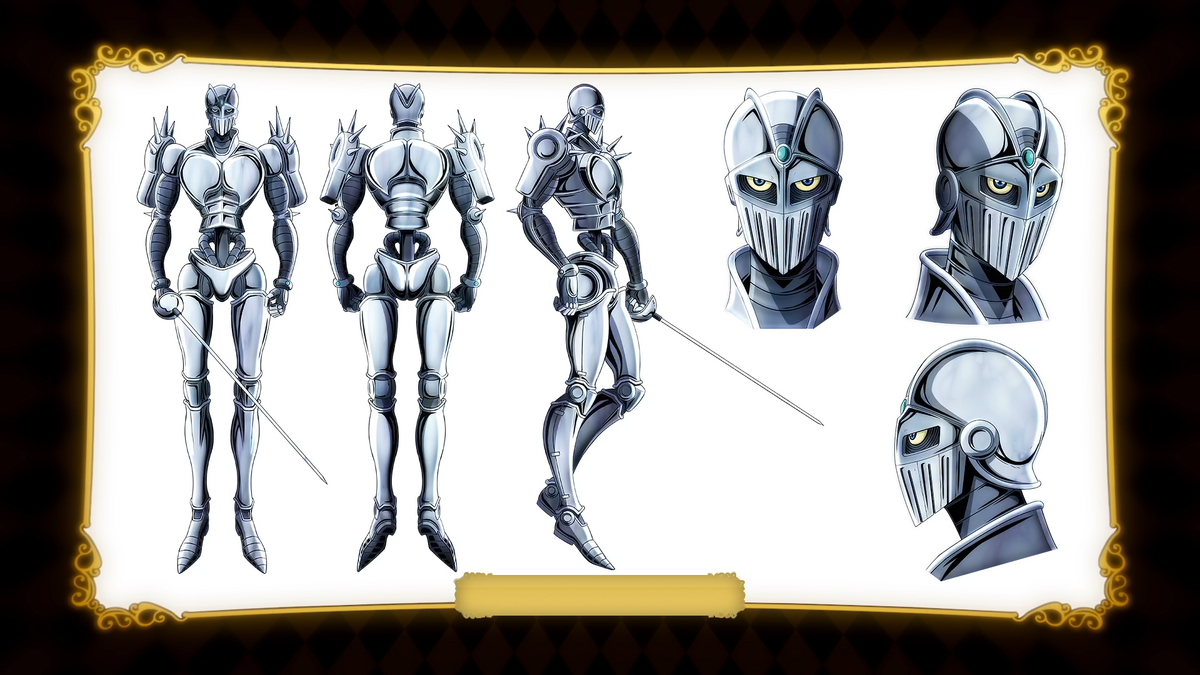Second22
They/Them- 1,246
- 672
From this calculation, there is a slight issue.
The calculation uses the arm's rotation distance during the time it takes for light to travel 2.4 cm, which is incorrect. At the point where the speed of light travels 2.4 cm, only the Chariot moves a mere 2 meters. After the arm rotation scene, the speed of light continues to travel, which must be more than 2.4 meters for sure. If we subtract the movement of the arm rotation, it will be approximately like this.
The calculation uses the arm's rotation distance during the time it takes for light to travel 2.4 cm, which is incorrect. At the point where the speed of light travels 2.4 cm, only the Chariot moves a mere 2 meters. After the arm rotation scene, the speed of light continues to travel, which must be more than 2.4 meters for sure. If we subtract the movement of the arm rotation, it will be approximately like this.
- Speed: 2/6.3157979e-11 = 31666624418.1 m/s or 105.62848922 c still MFTL
